You may remember that
back on March 11 we noted in this blog that we were awarded a USDA Sustainable Agriculture Research and Education (SARE) grant for our project
Cover Crop-based Reduced Tillage for Fall Production of Cabbage, Cauliflower and Broccoli Using a Roller-Crimper and No-Till Planting Aid. Since that time we have been proceeding along and are several steps down the line.
Work began on the project last September when we planted a cover crop of rye grass and hairy vetch. The rye/vetch came up well in Spring 2014, despite the extremely cold winter and a dry April & May.
Rolling/Crimping
By mid-May the rye/vetch was four feet tall and flowering. Normally, we would mow down the cover crop and then incorporate it into the soil with our tillage equipment, a Tortella spader. For the SARE grant we are experimenting with using the roller on our flail mower to “roll down” the rye/vetch mix to create a mulch that we can plant directly into. The primary benefit of this system is that it requires less hand labor and tractor-time to achieve the same results as spading a bed and then hand-mulching it.
We are doing a side-by-side comparison of the two techniques. We rolled rye/vetch area on May 16 and it went well, creating a beautiful, spongy carpet of greenery.
 |
| Mowed block on left. Block to be rolled/crimped on right |
 |
| Rolling/crimping the rye/vetch |
 |
| Freshly rolled and crimped rye/vetch |
Summer Tomato Planting
The beds described above are for our fall brassica plantings. We also ran a test bed for our mid-summer planting of tomatoes. Half of a 200 ft. bed was rolled/crimped and the other half was mowed and spaded.
These beds proved problematic in June as they are located in a bit of a dip in the fields, and we received 10 inches of rain over the first 3 weeks of the month, making it difficult to do any planting or spading. But we did what we could, and right now things look good, although we couldn’t plant the middle portion of the bed due to the mud.
The rolled area of this bed did a good job of keeping down weeds and required less than 10 minutes of weeding with four people. The plants have been caged and are beginning to grow.
 |
Summer tomato plants in rolled/crimped beds.
Mowed and spaded are at far end of bed |
Pre-Planting Status of Brassica Beds
By June we had spaded the mowed bed and observed the vetch growing back in the rolled down beds. Subsequent re-rolling did not kill the vetch and so it was mowed off and eventually died.
 |
| Re-growth of vetch in rolled bed. Spaded bed on left. |
 |
| Rolled bed with vetch mowed off. |
Unfortunately, we are suffering from a profusion of bind weed on our farm, and while here in July the rye/vetch mulch has held up well, the bed will be in need of a serious weeding within the next couple weeks. This will be coinciding with the initiation of our fall brassica plantings.
 |
| Bind weed coming through the mulch |
The adjacent beds were spaded twice and harrowed once to keep down weeds and try to form a “stale seed bed.” All this work was done during the aforementioned wet June and more recent wet early July.
Fabrication of the No-Till Planting Aid (NTPA)
Perhaps the most challenging part of the project (so far) has been the fabrication of the NTPA. It was initially thought that we could put together this critical tool with existing farm implements, a couple purchases, and some bolts.
However, once we got our technical advisor Dr. Ron Morse of Virginia Tech on board we realized that we should invest in newer and heftier parts to help assure success. This led to the purchase of a new coulter (big round cutter) and fertilizer knife. While putting things together in May and June we then began realizing some of the subtle limitations of the parts we had on hand.
We recently finished fabrication of one of the NTPAs and are in the process of finalizing the other. Along with Dr. Morse we have our CSA membership to thank, as we were able to get in touch with a local steel fabricator that supplied some critial parts for the unit.
.jpg) |
| NTPA No. 1 |
Work to Come
Upon completion of the second NTPA we will test it and then prepare the rolled/crimped beds for fall brassica planting. Stay tuned.
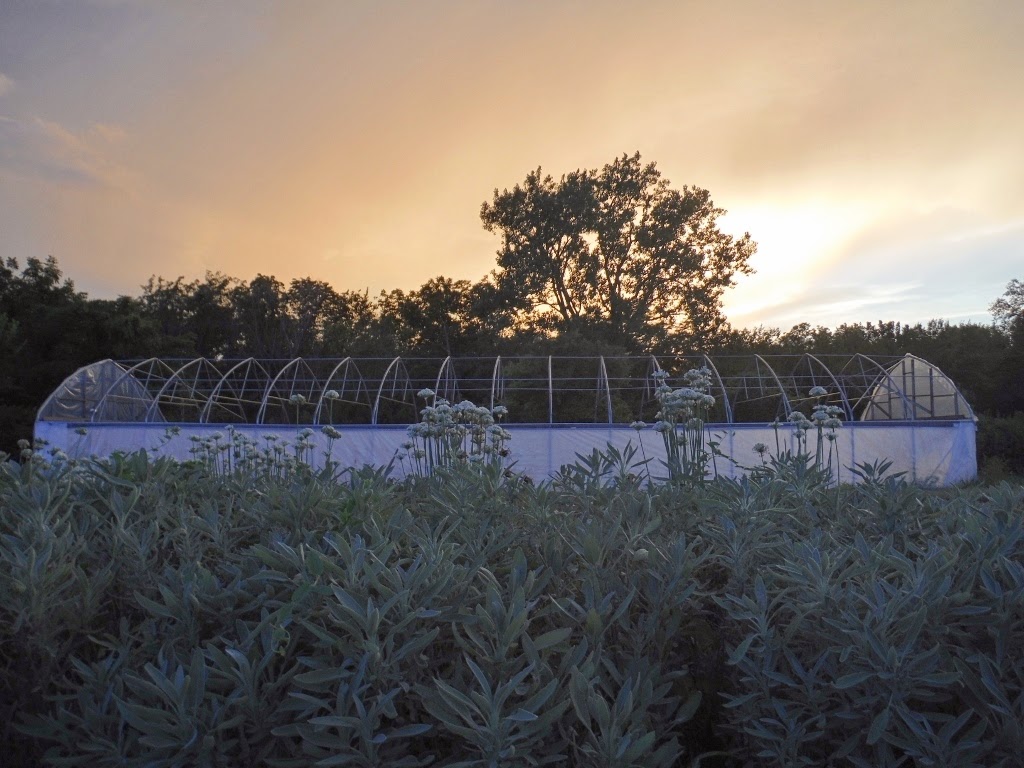.jpg)
.jpg)
.jpg)
.jpg)
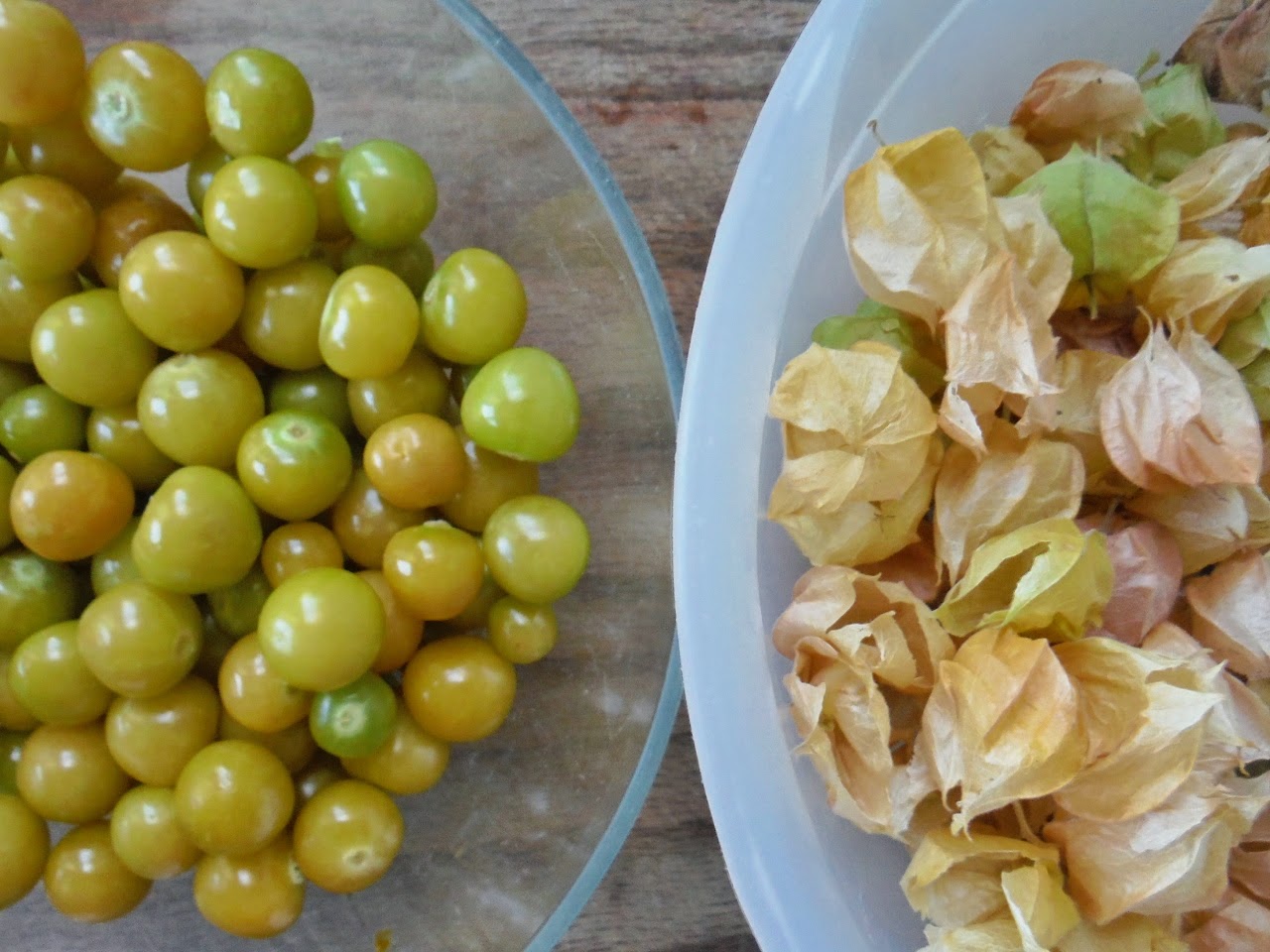.jpg)
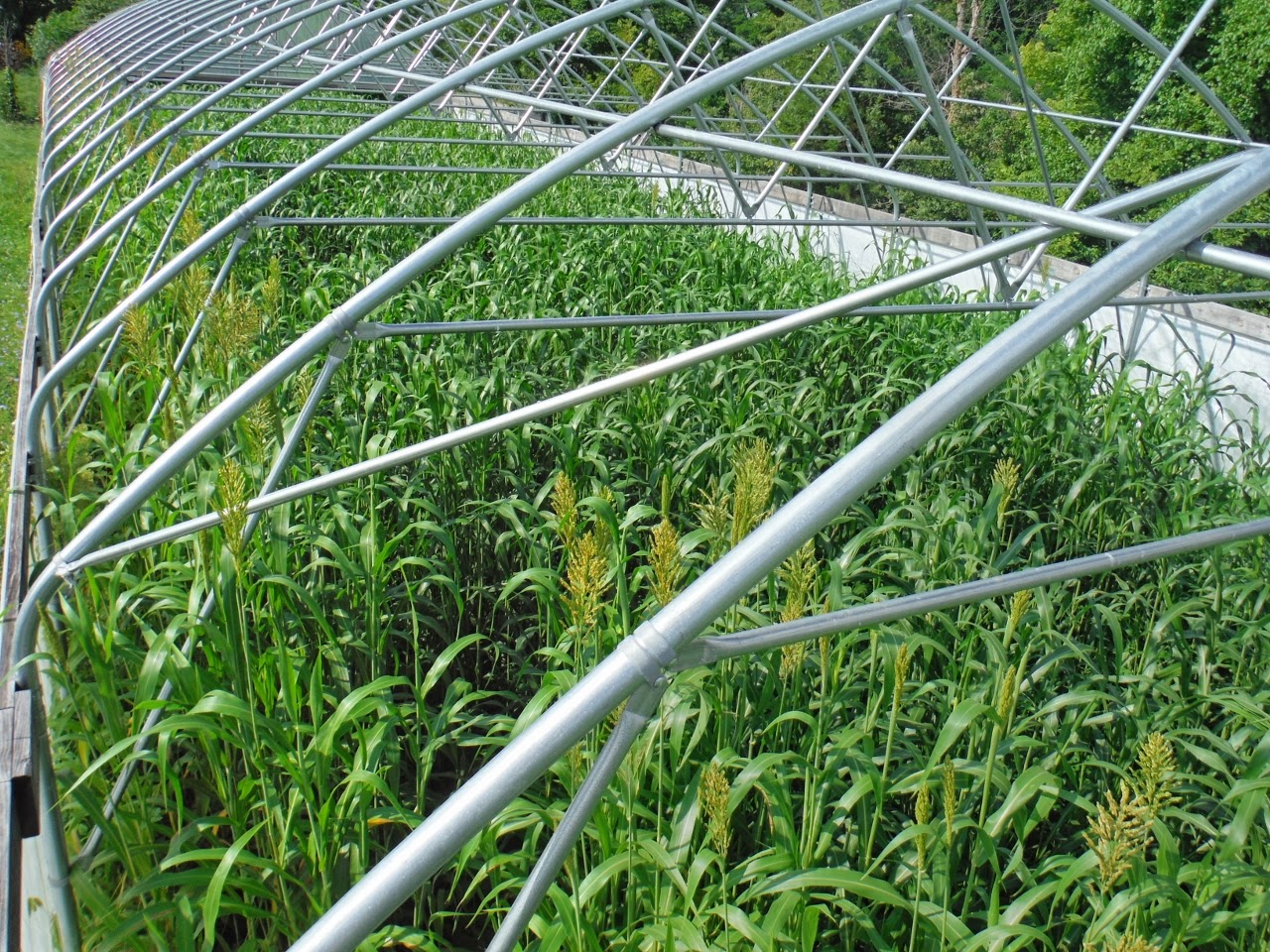.jpg)
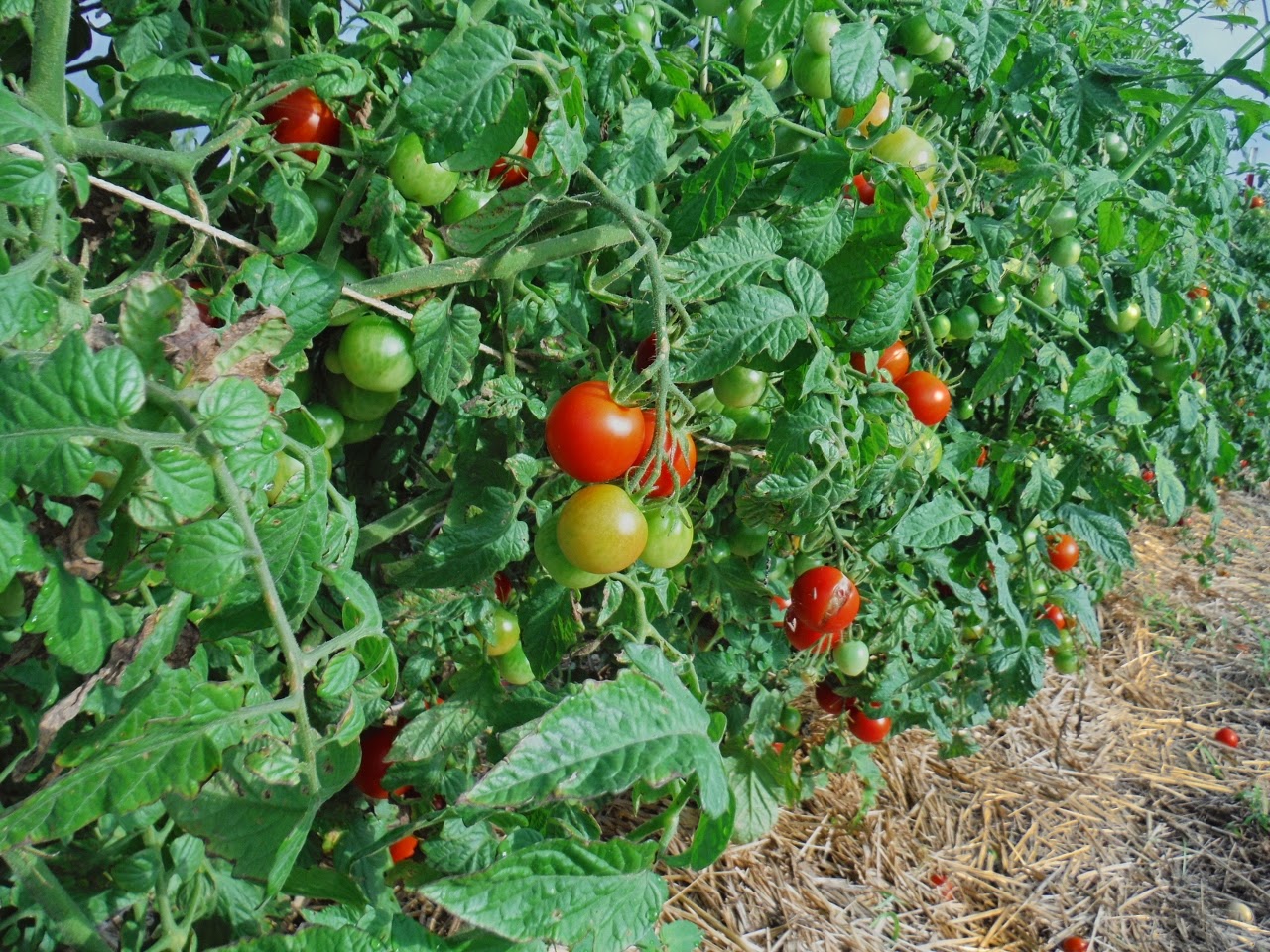.jpg)
.jpg)
.jpg)
.jpg)
.jpg)
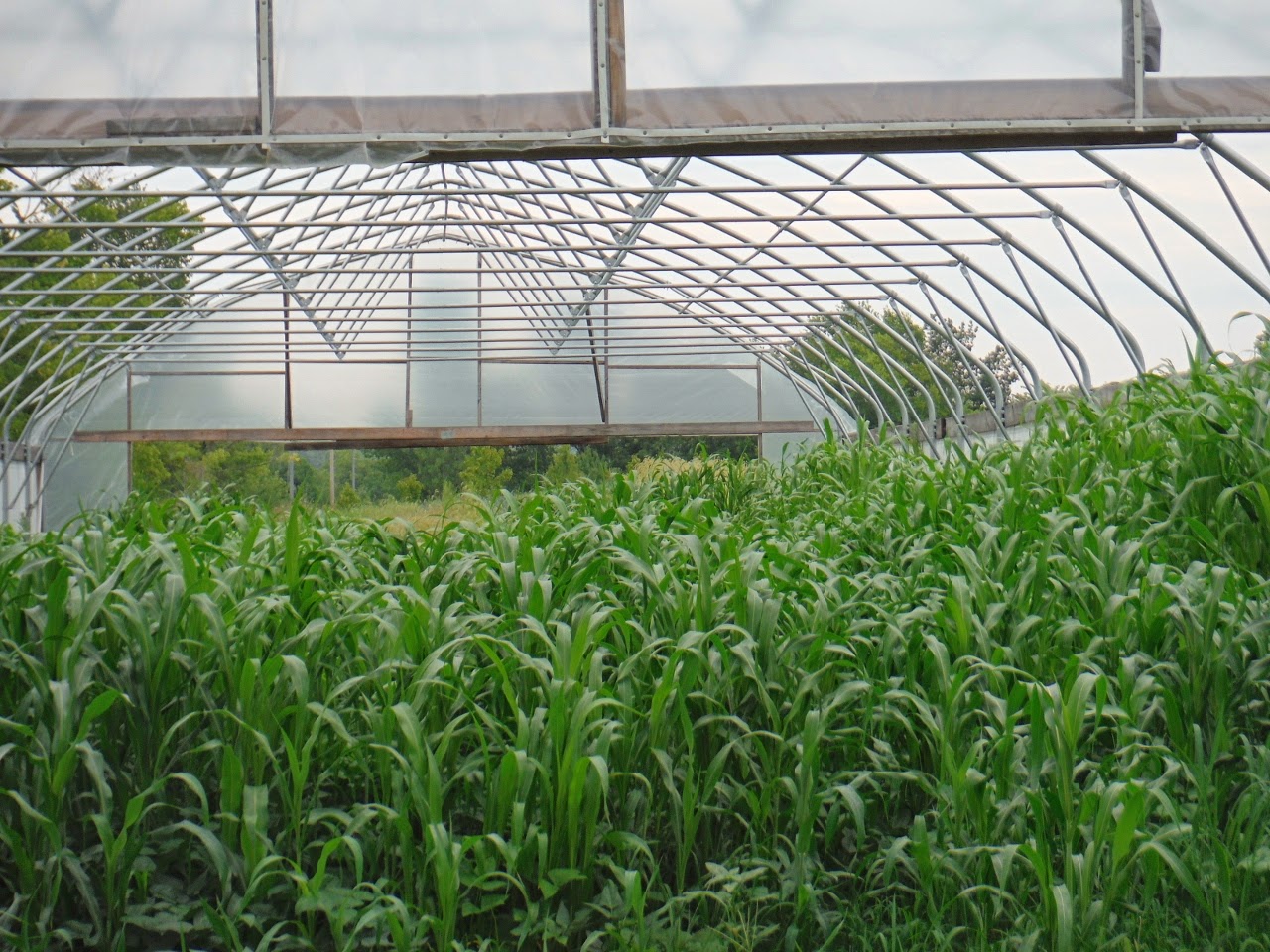.jpg)
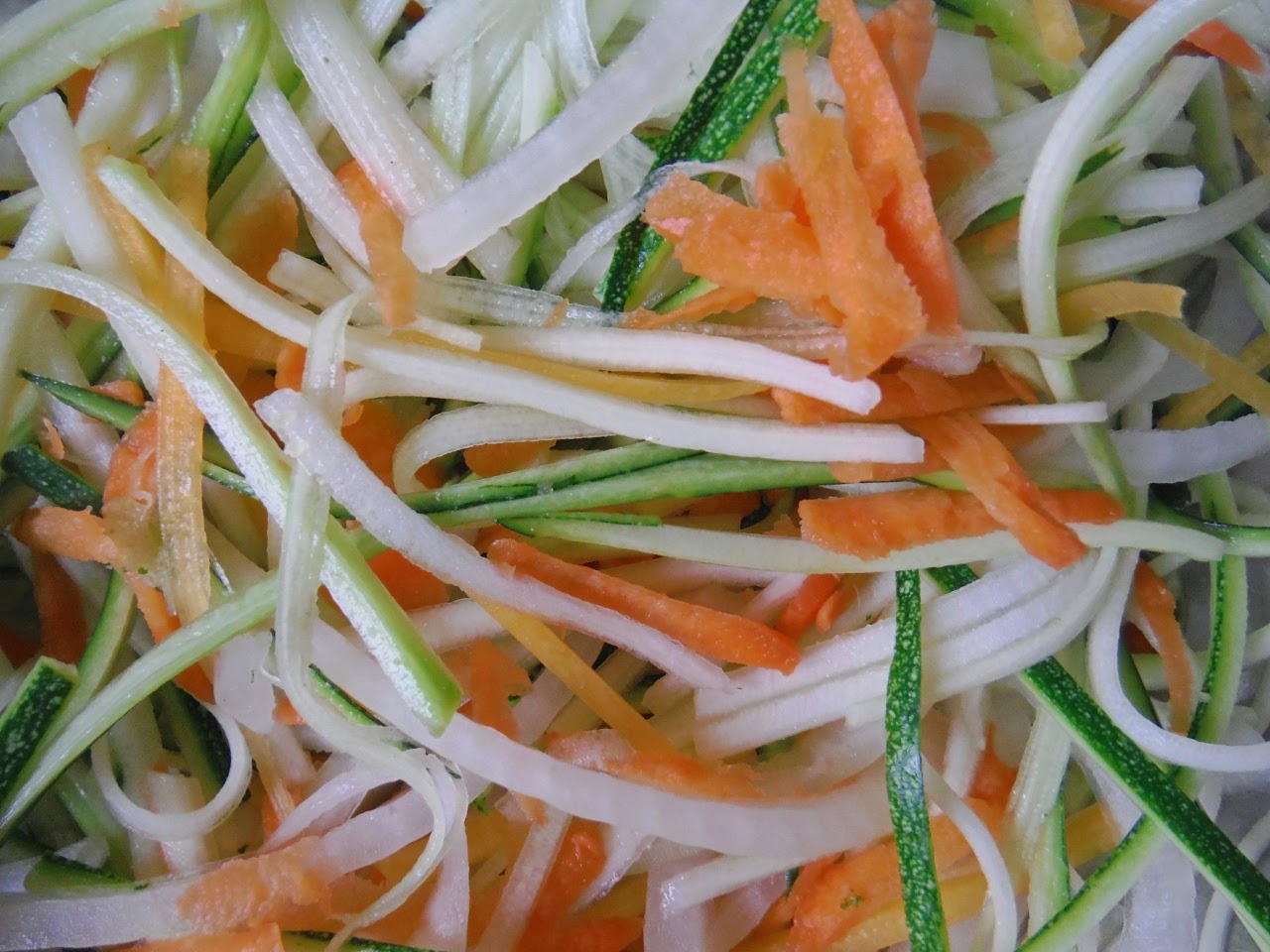.jpg)
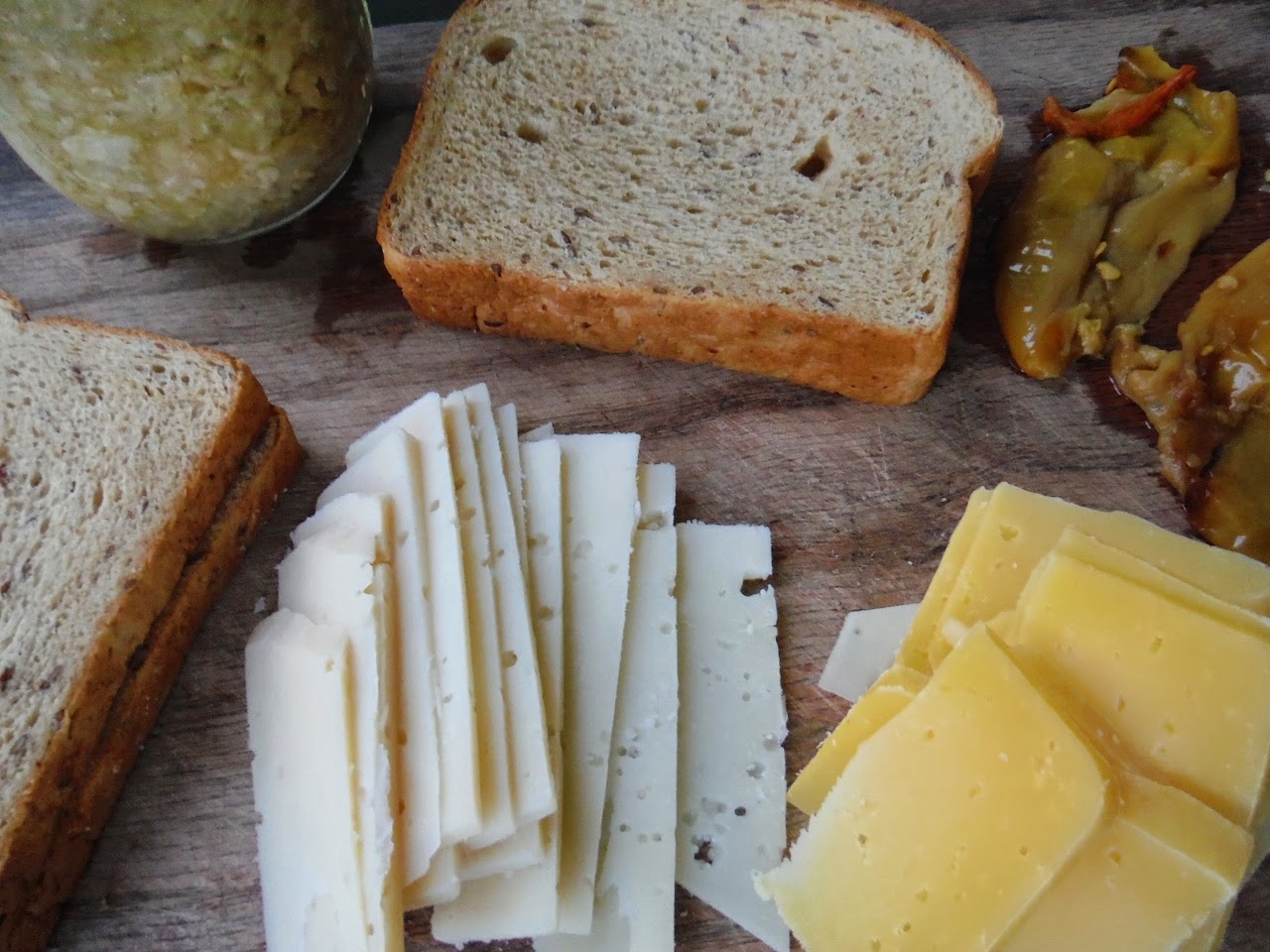
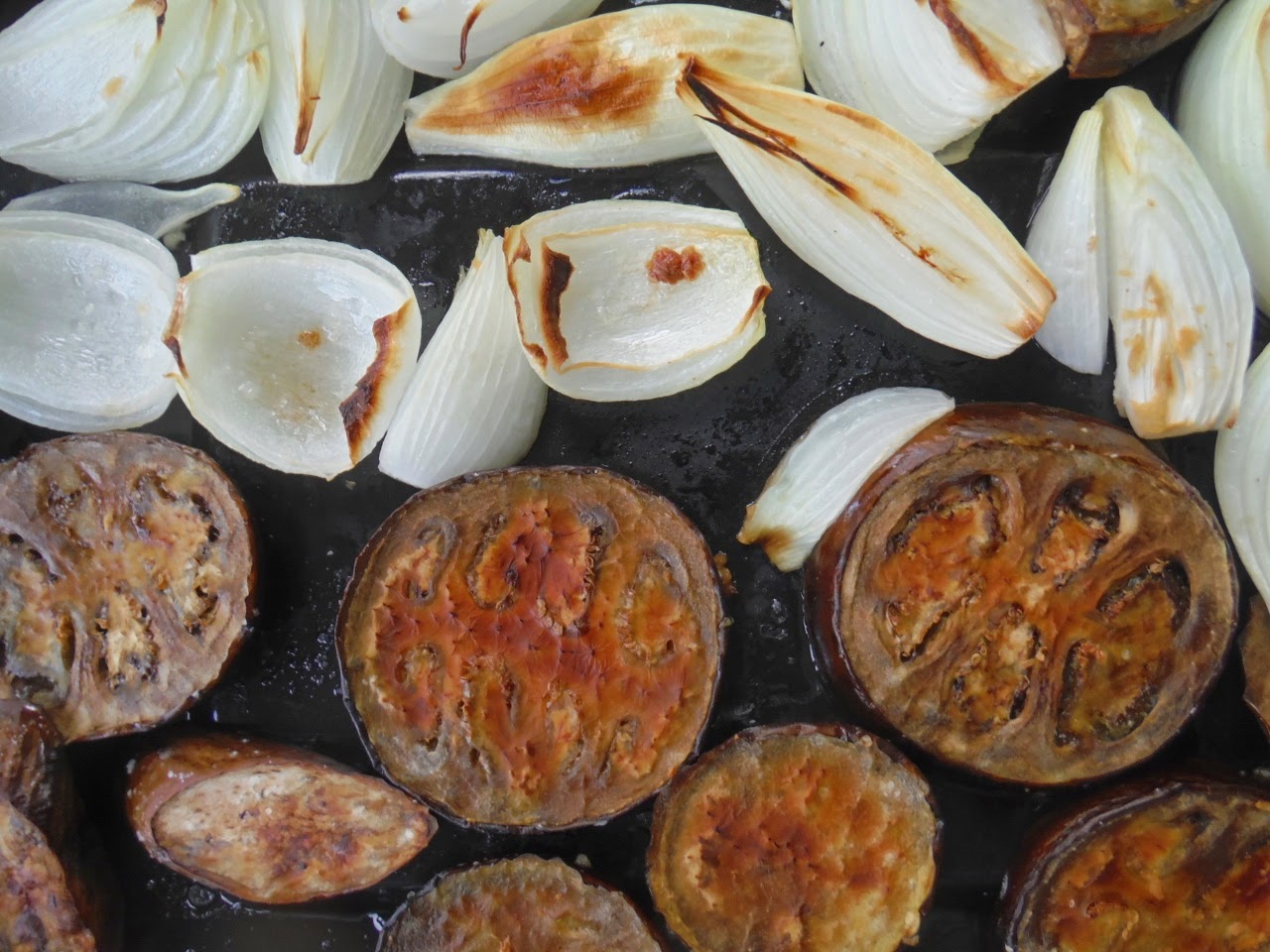.jpg)
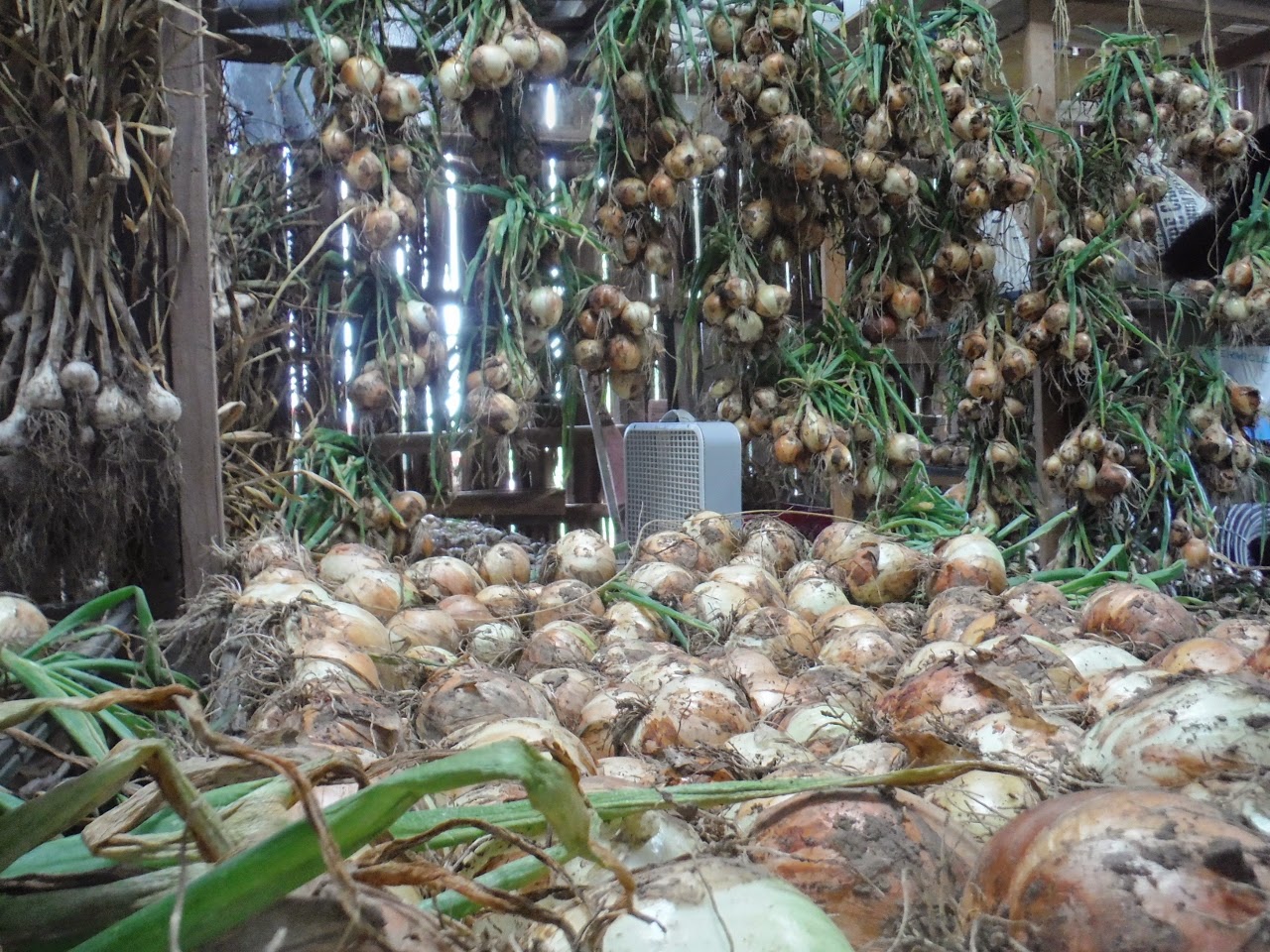.jpg)






.jpg)
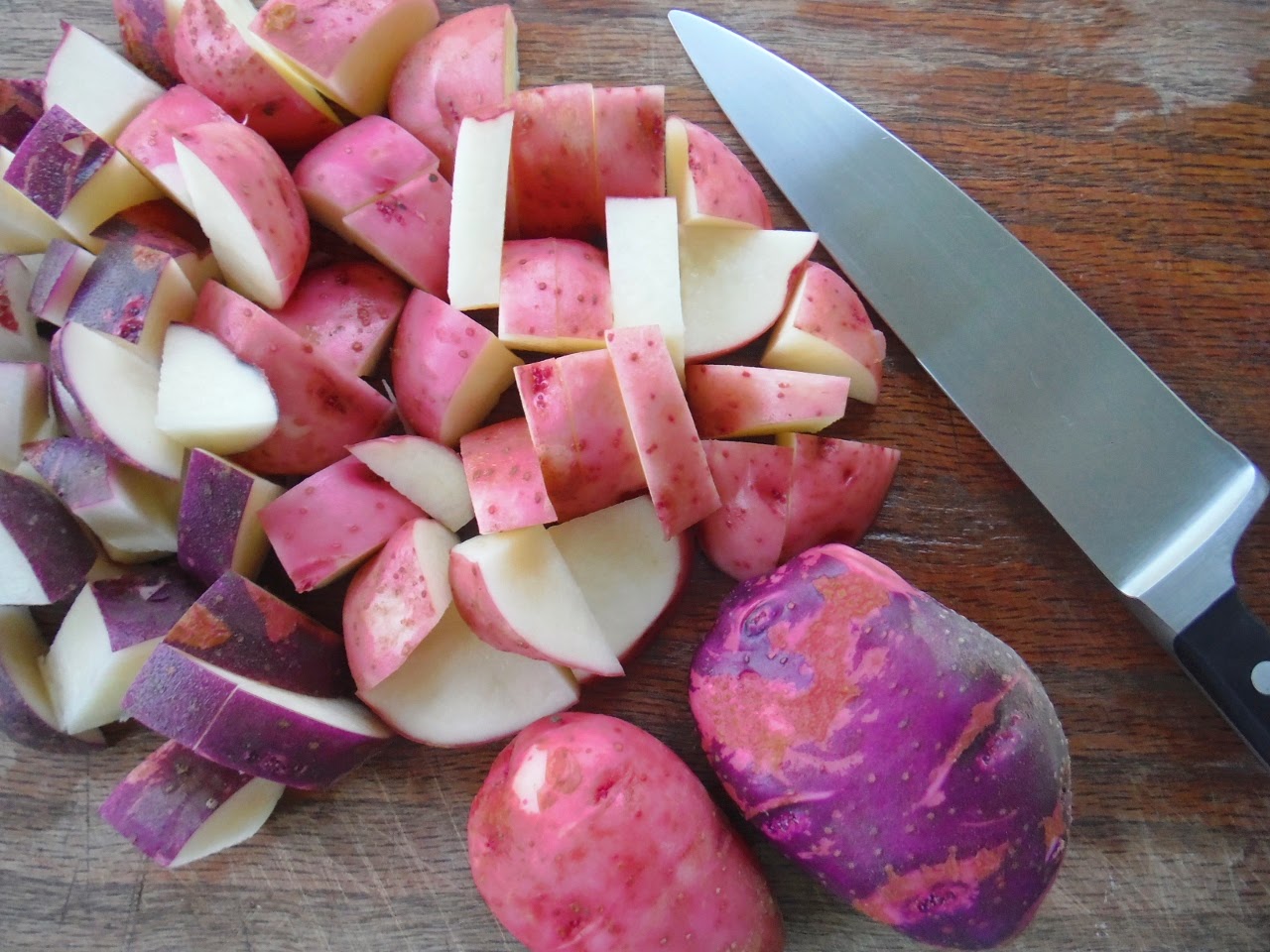.jpg)
.jpg)
.jpg)